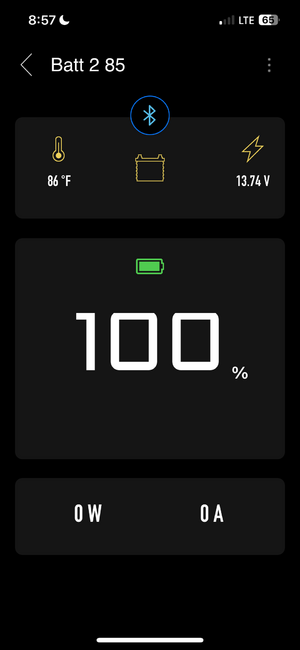ADR1RU
RVF Supporter
- Joined
- May 30, 2023
- Messages
- 41
- Location
- Southeast, TN
- RV Year
- 2023
- RV Make
- SUNLITE
- RV Model
- 16BH
- RV Length
- 16
- Chassis
- Single Axle
- Engine
- n/a
- TOW/TOAD
- 2019 Jeep Wrangler JLU
- Fulltimer
- No
I’ve read about various tow vehicles destroying their alternators across the internet when trying to charge LiFePo4 Batteries in route to/from campgrounds. To allievate such supposedly* a DC-To-DC Converter is required, so the LiFePo4 batteries are isolated from your vehicle’s alternator.
My LiFePo4 batteries set at ~13.5 to 13.8 VDC at rest in a 100% SOC. Meanwhile my Jeep’s 7-Pin Trailer receptacle rests at 14.6 VDC while idling. That said, what would trick the Jeep’s alternator into thinking it had to charge so extensively (with LiFePo4 batteries in my TT) as to cause it to somehow fry itself
*supposedly, because I have yet to see a warning about this on the various LiFePo4 battery vendor websites.
My LiFePo4 batteries set at ~13.5 to 13.8 VDC at rest in a 100% SOC. Meanwhile my Jeep’s 7-Pin Trailer receptacle rests at 14.6 VDC while idling. That said, what would trick the Jeep’s alternator into thinking it had to charge so extensively (with LiFePo4 batteries in my TT) as to cause it to somehow fry itself
*supposedly, because I have yet to see a warning about this on the various LiFePo4 battery vendor websites.













